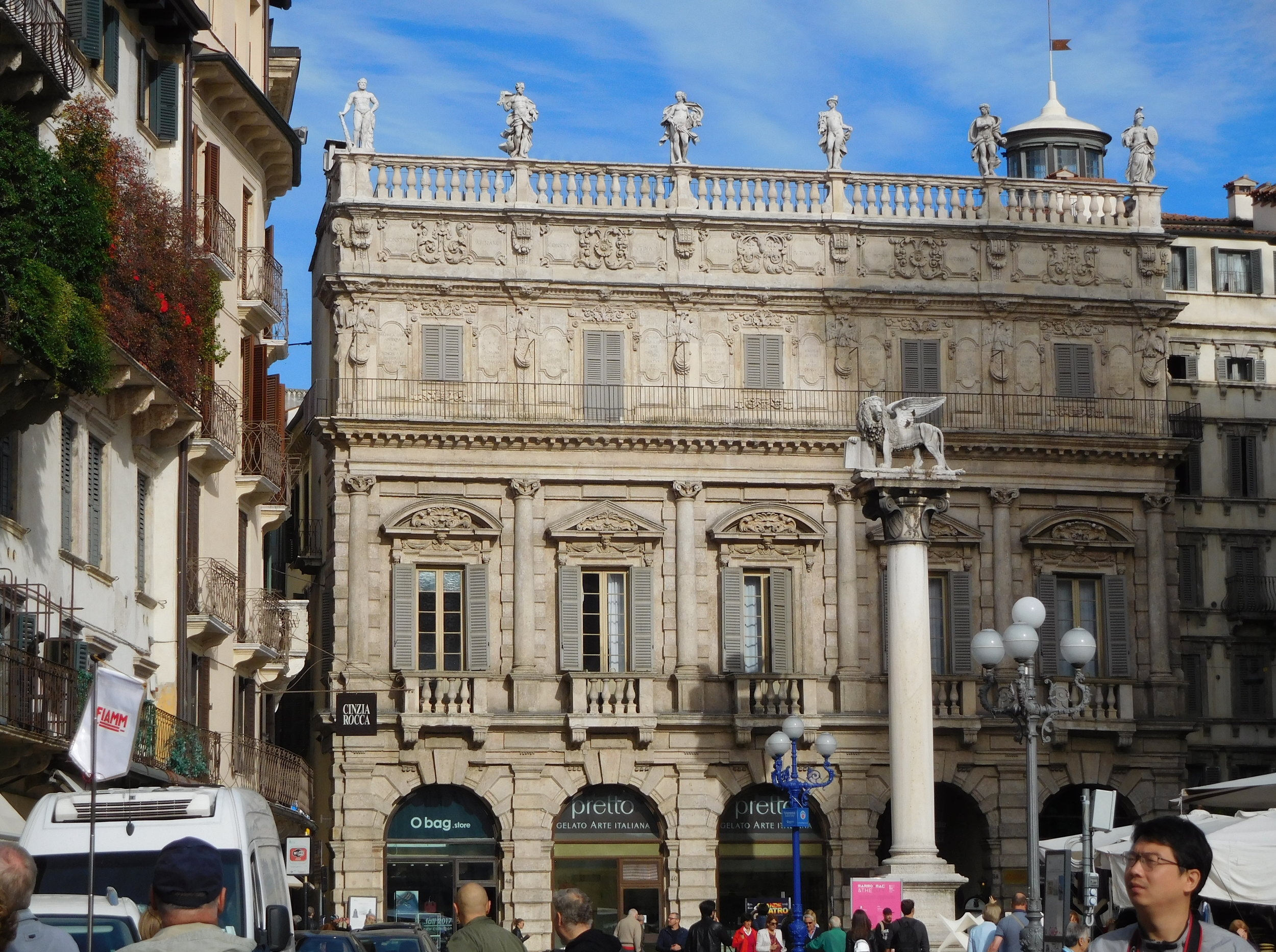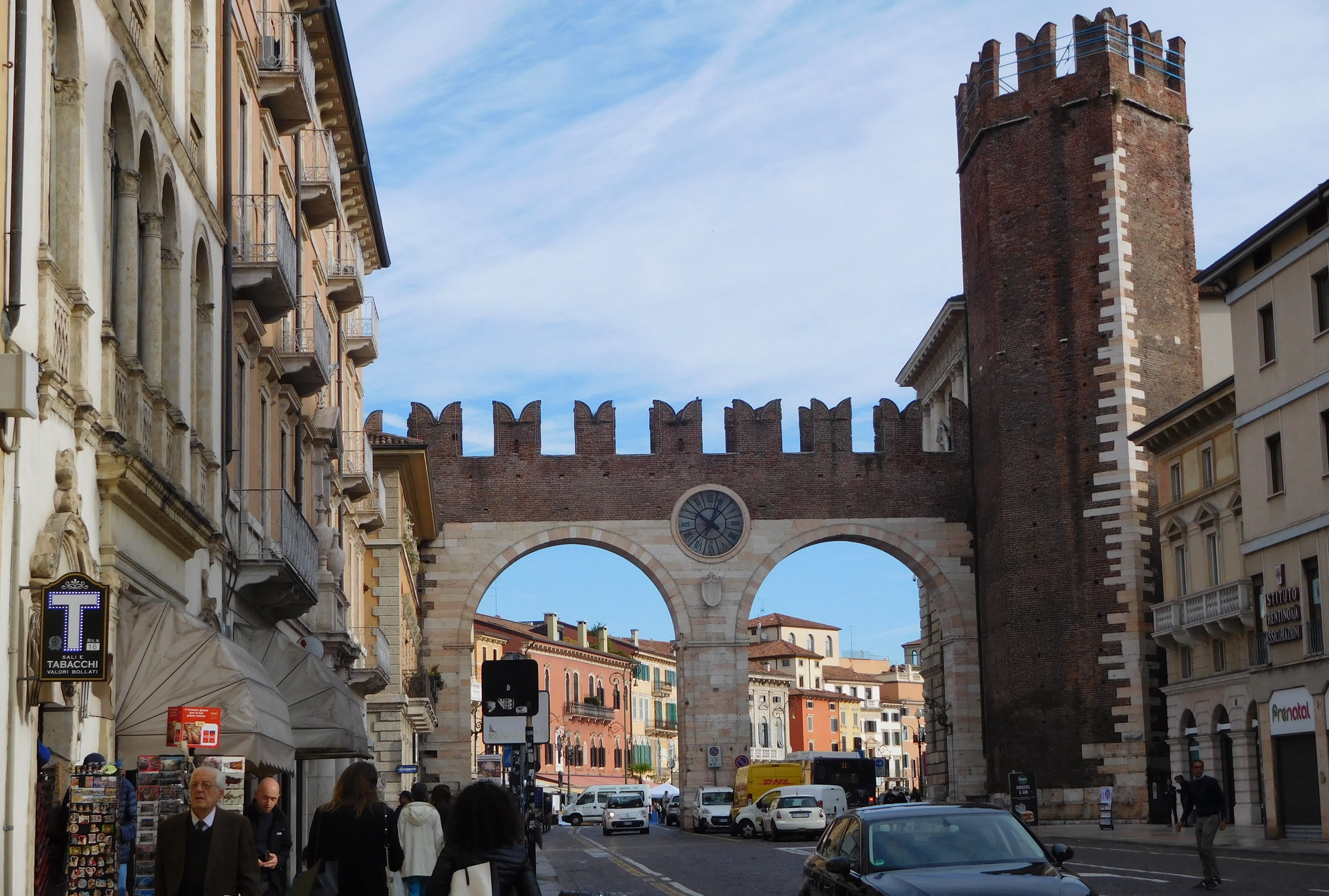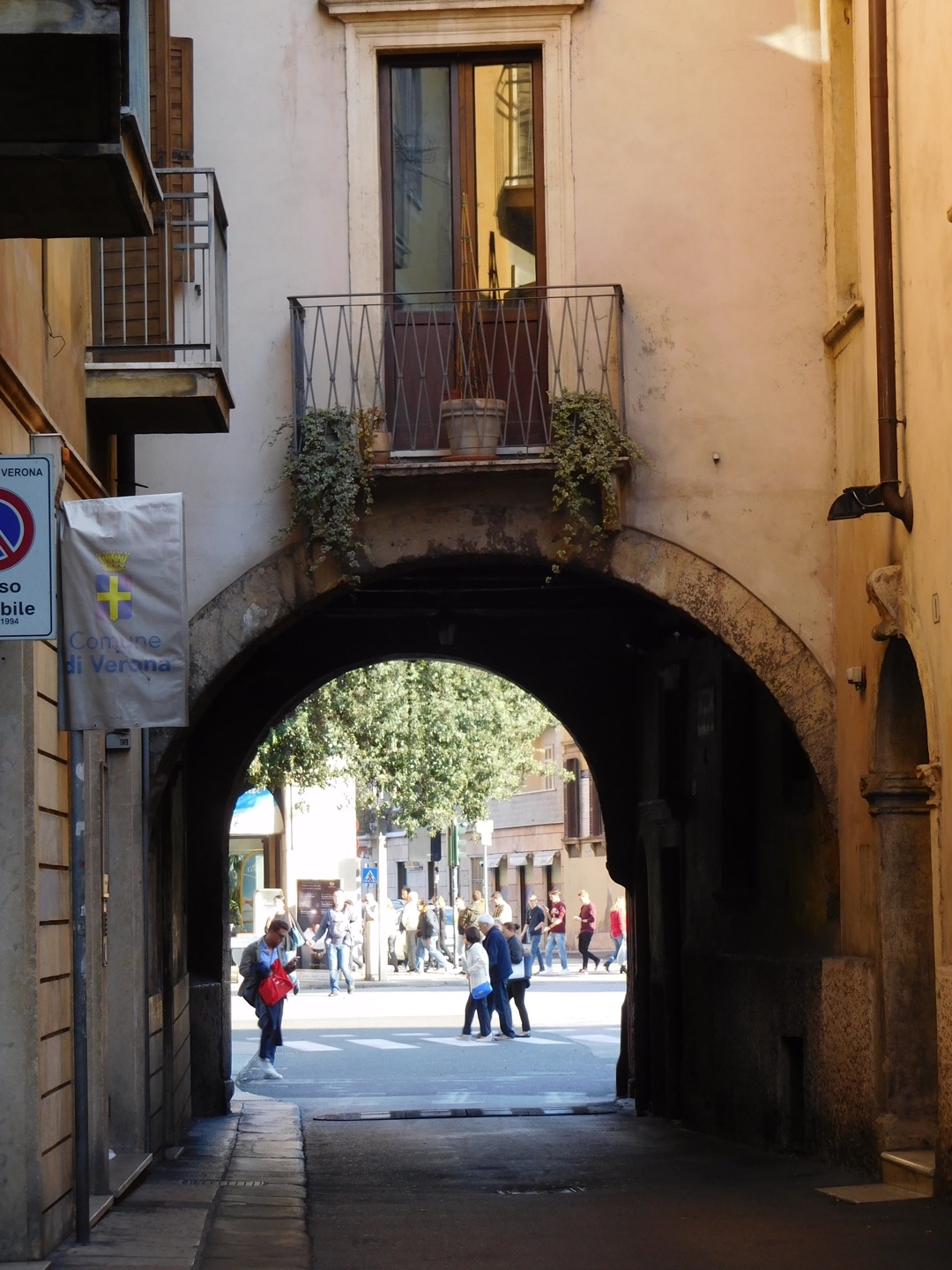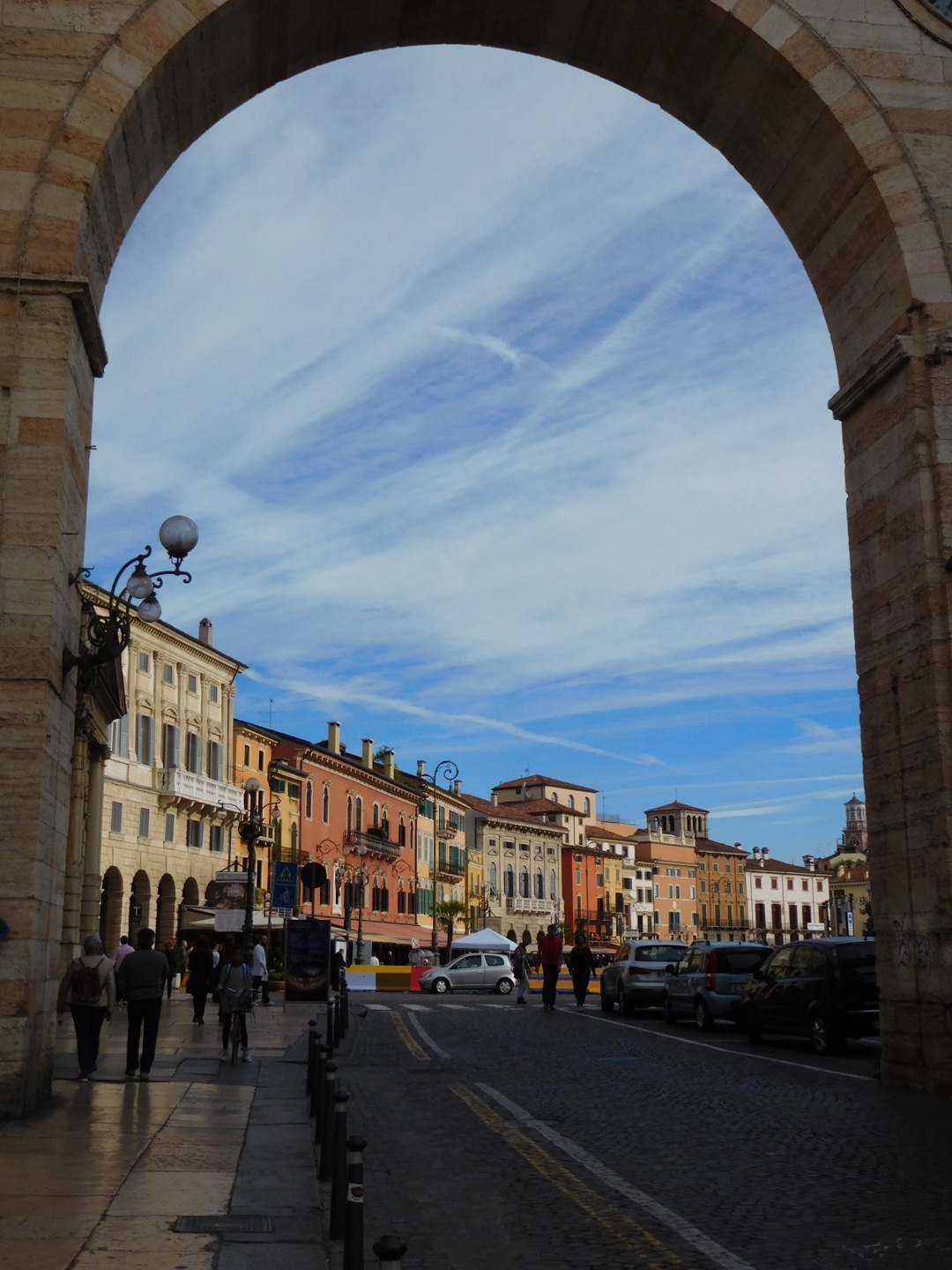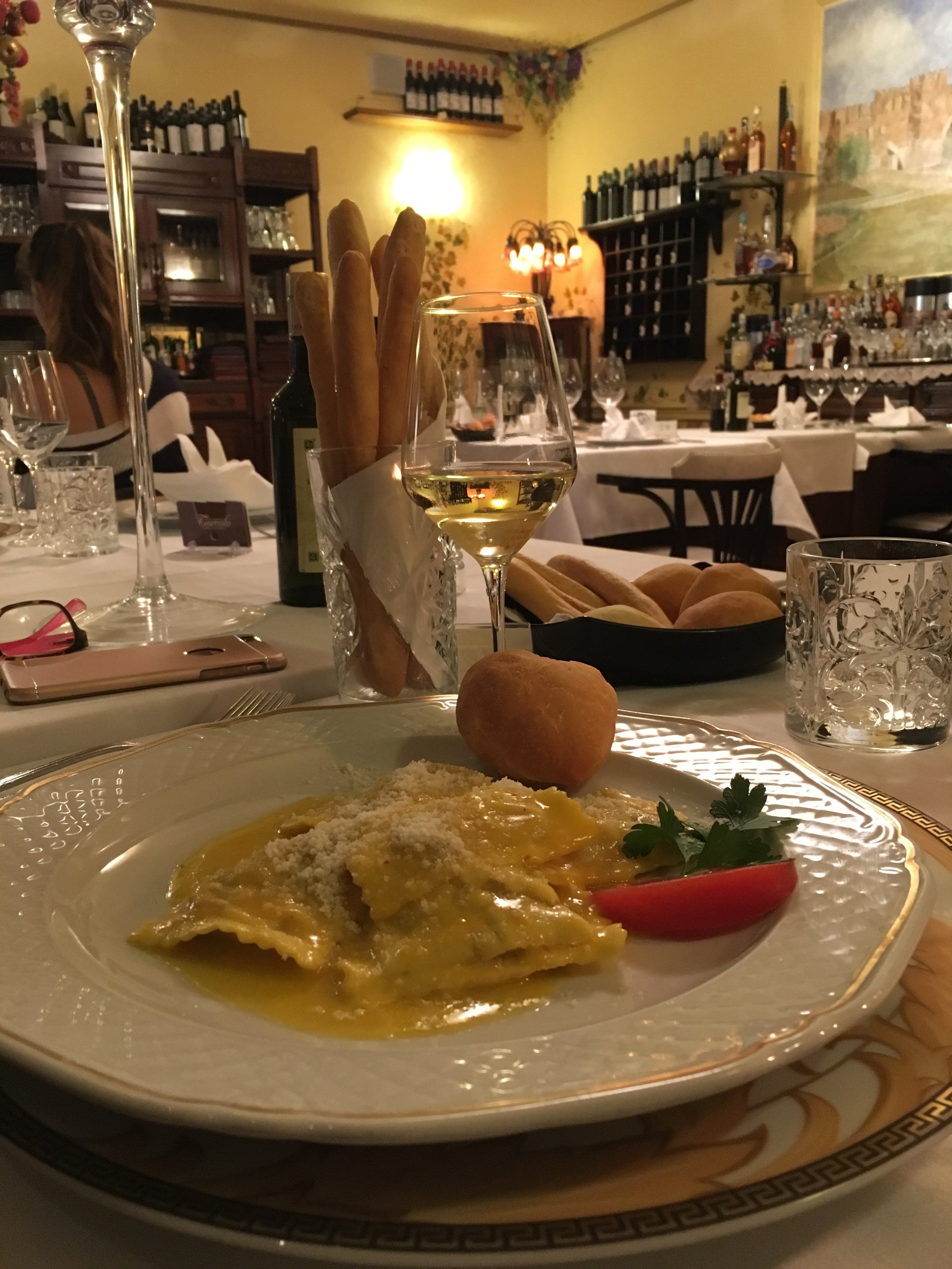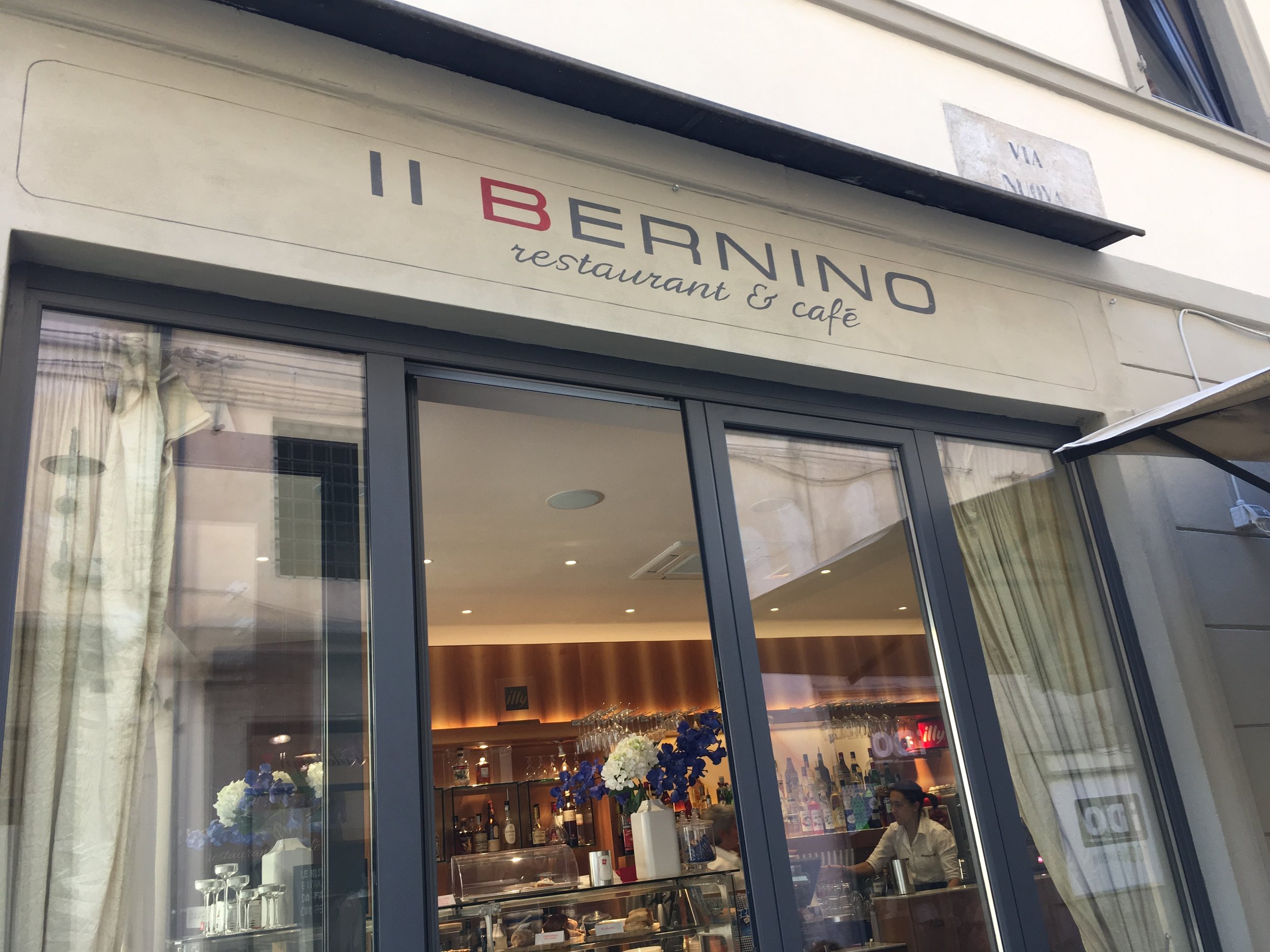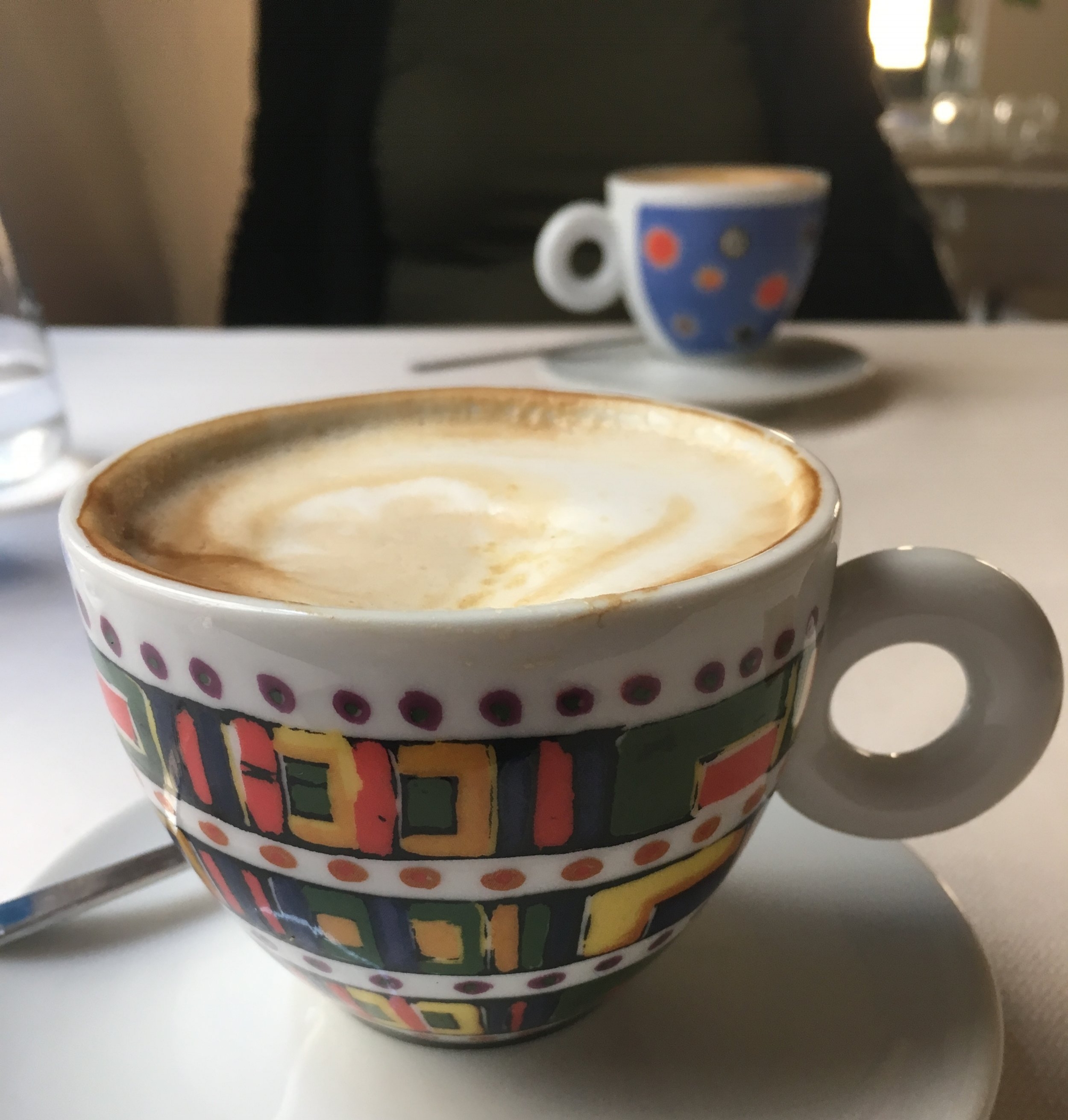Agretti - A Taste of Spring in Italy
The springtime markets in Italy are full of wonderful vegetables - asparagus, little purple artichokes, and fava beans, to name a few. I have a strong memory of my first taste of fresh spring fava beans, eaten raw with a little bit of pecorino as I sat on a bench outside a neighborhood market in Rome. Heaven! Big piles of spring artichokes look like art to me, and taste amazing when used as the filling for a light-as-air lasagna. And asparagus in a delicate pasta primavera? Is there a better way to celebrate spring vegetables?
Along with these more common vegetables, the spring markets in Italy also have bunches of what look like thick grass or chives. They are dark green with long, thin tapered leaves and are often wrapped in wet paper to keep the intact roots moist. The appearance of these in the markets is a cause for excitement in Italy. They are only around for a short time in spring and are considered a delicacy. So what are these mysterious grassy bundles?
They go by several names. In Italy they are most commonly known as agretti or barba di frate (frair’s beard). In English, saltwort. The proper Latin name is Salsola soda, a member of the Chenopodiaceae (Amaranth or Goosefoot) family, which includes spinach, beets, and chard.
Agretti grows well in salty water, which means that the Mediterranean coast is the perfect place for it to thrive. It also means that it has become a rather unwelcome and invasive species following its import to coastal California - perhaps because we Americans don’t eat it often enough! And although agretti leaves look like chives or spring onions, they are not related to onions at all and the flavor is completely different.
As an interesting historical note, agretti were originally grown to be burned to ash. The result was soda ash, used in making soap and glass. Imagine how useful this was to the Venetians - why eat a product that could be used to make beautiful Venetian glass? Today, however, there are better ways to make glass and agretti is raised as a food crop.
Agretti can be eaten raw (it’s crunchy and tangy, with a slightly bitter mineral taste). Raw, it’s a good addition to salads. It’s also healthy - high in fiber, low in calories, and a good source of vitamins (A, B, and C) and minerals (sodium, potassium, calcium, magnesium, and iron).
More commonly, agretti is served cooked, either as a contorni (side vegetable) or incorporated into a frittata or a pasta dish . Can you say spaghetti con agretti five times fast?
There are two basic cooking methods. The most simple is to drop the cleaned agretti briefly into boiling water until crisp tender, and then drain and sprinkle with olive oil and lemon. It can also be sautéed with olive oil and garlic (and perhaps pancetta or anchiovies) and topped with a squeeze of lemon juice. The lemon juice is key to bringing balance to the slightly sharp, spinach taste and bringing out the bright, fresh-as-spring taste of the agretti.
I had seen agretti in the markets on previous trips to Italy, but never knew exactly what they were or how to cook them. After a discussion with friends who recently moved to Lucca and were experimenting with cooking local produce, I bought my first bunch of agretti in one of Italy’s spring markets. After trimming the roots and washing it well (it can be pretty sandy), I sautéed the agretti for about 10 minutes in olive oil along with 2 cloves of garlic. A little salt (it doesn’t need much), several grinds of black pepper, and a generous squeeze of lemon juice later and it was just right as a side dish to a lemony chicken fillet and some rice.
I can’t wait to try it in a frittata next!
-post by JMB
Sautéed agretti alongside pan-sautéed lemon chicken and rice.












